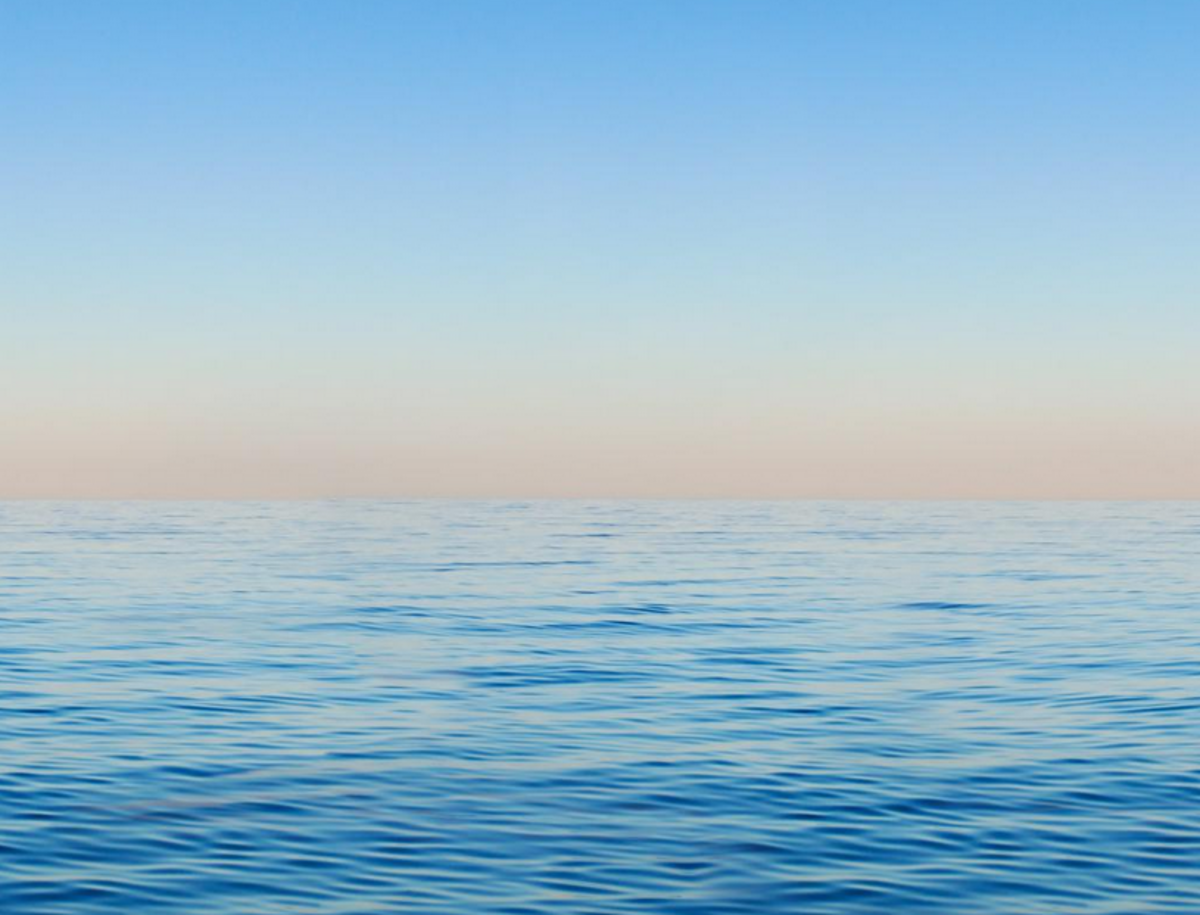Protecting our oceans with the best available science

First commitment: a tool to count marine litter
Not much is known about the amount of marine litter pollution coming from rivers and floating in the seas.
Counting them is a first step in understanding the problem and how to tackle it.
The JRC's floating macro-litter monitoring application is the first-ever international-scale attempt to quantify the floating litter that ends up floating in our oceans.
The first version of the app was mainly used by scientists.
As part of the Our Ocean Conference commitments, the JRC will develop a new version, to be made accessible to scientists and the general public.
Extending the app to a broader user audience will help to fill the gaps in our knowledge and enable more targeted policies to fight marine litter and keep our oceans clean.
Second commitment: a digital 'watchtower' to promote global biodiversity
The JRC has developed a new version of the Digital Observatory for Protected Areas (DOPA) Explorer, providing an advanced global information system on the world’s terrestrial, marine and coastal protected areas.
DOPA Explorer 2.0 pulls together data from multiple sources, including the International Union for Conservation of Nature (IUCN), the UN and the EU.
The latest version of the online database includes a completely revised interface that can be used on multiple devices (PCs, tablets and smartphones).
The system now documents more than 95% of the global surface currently covered by protected areas.
A new series of indicator factsheets provides detailed information on all the main indicators in the system, including those that are particularly relevant for supporting international efforts to preserve the health of our oceans:
- The marine coverage by protected areas indicator shows the extent to which marine areas are covered by protected areas at country and ecoregion level;
- The marine habitat diversity indicator identifies protected areas with complex habitats, highlighting areas with a larger variety of structural and functional ecosystem properties.
Third commitment: sharing knowledge for sustainable Arctic fisheries
The EU will commit to hosting the sixth meeting of scientific experts to support the implementation of the Agreement on Fish Stocks in the Central Arctic Ocean, at the JRC's site in Ispra in 2019.
The EU is one of the ten signatories to this agreement, designed to prevent unregulated fisheries in the Central Arctic Ocean. The Commission will contribute €1 million for scientific support to the agreement.
In addition, the work of JRC scientists is helping to shape a positive relationship in all interactions with our oceans, by providing the best available science across a number of policy areas.
Science promotes a positive relationship with our oceans
©Tamara Kulikova, Fotolia 2018
The latest science and ongoing research from JRC scientists supports a positive relationship with our oceans, including ensuring a sustainable blue economy, keeping our oceans clean, making use of the energy potential of the ocean's tides, and understanding how the relationship with our oceans is likely to change in the future due to the effects of climate change.
JRC scientists co-authored the EU's annual economic report on the blue economy, supporting policymakers and stakeholders in creating new business opportunities and managing the resources of our oceans in a sustainable manner.
JRC scientists also contribute to the annual economic report on the EU fishing fleet, the most comprehensive source of economic data and analysis on the fleet's performance.
On climate change impacts, JRC scientists developed and applied the latest modelling methods to forecast the expected annual damage caused by coastal floods under different climate change scenarios.
The research highlights the need for future coastal adaptation measures.
As part of the EU's leading role in the transition to clean energy, JRC research offers policy makers and all other ocean energy stakeholders an array of innovations that can bring ocean energy to the market.
©breedfoto, Adobe Stock 2018
To help clean up our oceans, JRC scientists identified the most common litter types found on European beaches, supporting the implementation of the Commission's Marine Strategy Framework Directive, the EU Plastics Strategy and wider measures against marine litter.
JRC scientists also compiled a reference list of priority, regulated substances and emerging contaminants to support the harmonised and comparable assessment of relevant contaminants in the marine environment.
Event Information
Date: 29.10.2018 - 05:06 PM